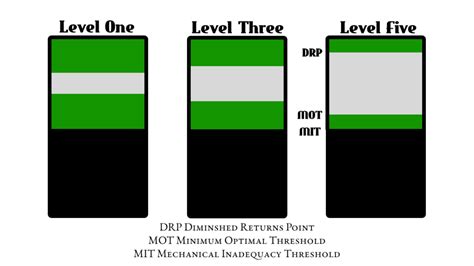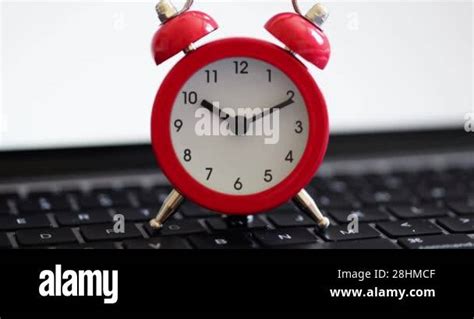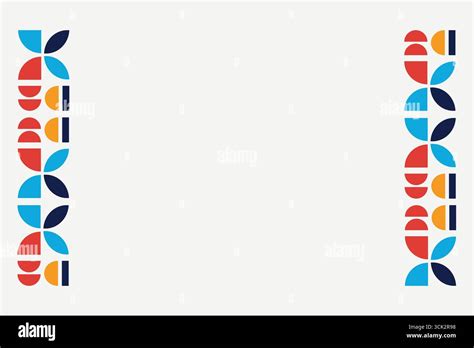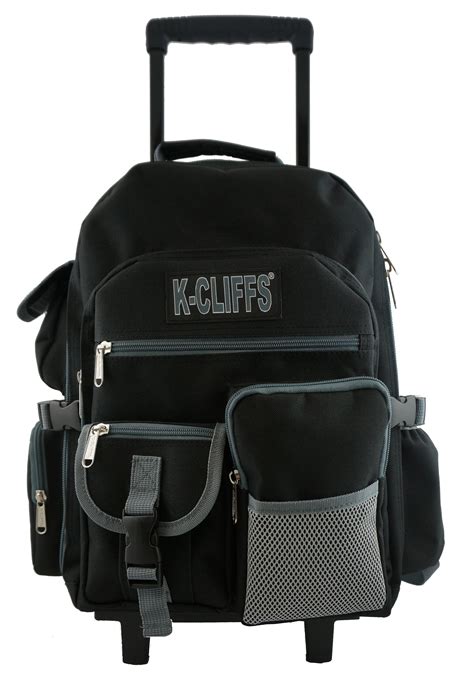What gear investment strategy ensures peak performance and long-term value?
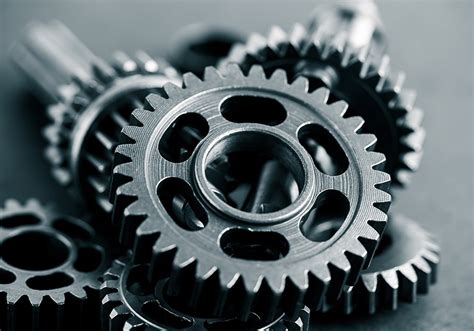
Investing in the right gear is crucial for professionals and hobbyists alike. Whether it’s camera equipment, power tools, computing hardware, or specialized outdoor gear, the decisions made today profoundly impact performance, efficiency, and financial health in the long run. A haphazard approach can lead to costly mistakes, underperforming equipment, and rapid depreciation. The key lies in a strategic mindset that balances immediate needs with future aspirations.
Prioritize Needs Over Wants: The Foundation of Smart Investment
Before making any purchase, conduct a thorough needs assessment. Differentiate between essential tools that directly contribute to your core tasks and desirable accessories that merely add convenience or novelty. Focus on equipment that addresses current bottlenecks or significantly enhances productivity. Overspending on features you rarely use is a common pitfall. A robust strategy begins with understanding precisely what functionality is critical and what is merely a luxury.
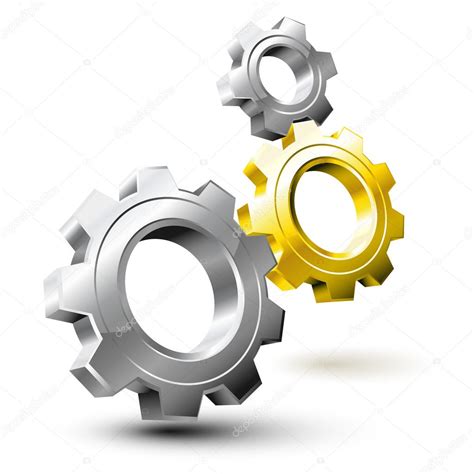
Quality Over Quantity: The Long-Term Play
It’s often tempting to buy cheaper, less durable options to save money upfront. However, this frequently leads to higher total costs due to frequent replacements, repairs, and diminished performance. Investing in high-quality, reputable brands known for their durability and reliability pays dividends over time. Such gear typically offers better performance, greater longevity, and often comes with superior customer support and warranty coverage. While the initial outlay might be higher, the reduced downtime and extended lifespan contribute significantly to long-term value.
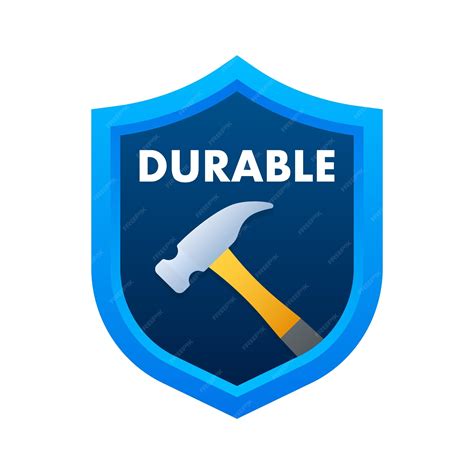
Future-Proofing and Scalability
Consider the lifespan and upgradability of the gear you’re investing in. Will it remain relevant as technology evolves or as your needs grow? Look for equipment that is designed with an upgrade path, allowing you to replace components rather than the entire unit. Modularity and compatibility with future standards or accessories are key indicators of a forward-thinking investment. This approach minimizes the need for complete overhauls, preserving your initial investment and ensuring continuous peak performance.
The Total Cost of Ownership (TCO)
The sticker price is just one component of a piece of gear’s actual cost. The Total Cost of Ownership (TCO) includes purchase price, maintenance, consumables (e.g., batteries, ink, specialized materials), potential repair costs, and even the cost of downtime if the equipment fails. Research the availability and cost of spare parts, common failure points, and the energy efficiency of the gear. A seemingly cheaper item might have exorbitant running costs that make it more expensive over its lifespan than a higher-priced, more efficient alternative.
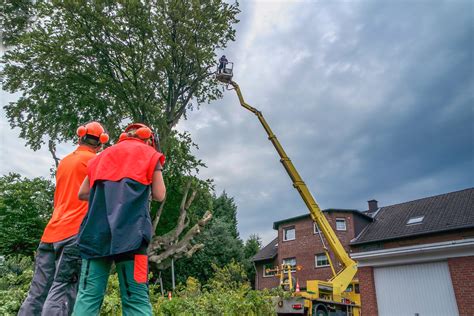
Maintenance, Care, and Strategic Upgrades
Once you’ve made an investment, protecting it through proper maintenance is paramount. Regular cleaning, calibration, and servicing according to manufacturer guidelines can significantly extend the life and maintain the performance of your gear. Develop a maintenance schedule and stick to it. Furthermore, understand when it’s genuinely time for an upgrade versus a repair. Sometimes, the cost of repairing an aging piece of equipment outweighs the benefits, and a strategic upgrade to newer technology might offer a better return on investment through improved efficiency, new features, or better reliability.
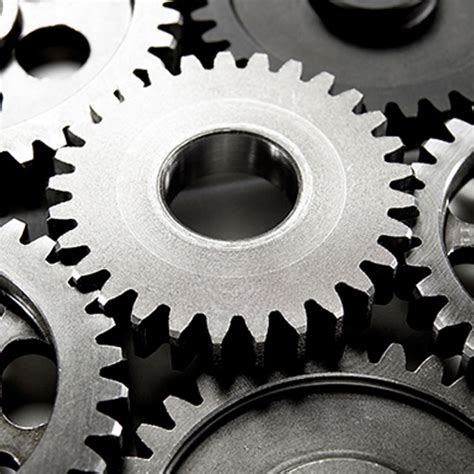
Maximizing Your Gear Investment
A disciplined gear investment strategy ensures that every dollar spent contributes effectively to peak performance and long-term value. By prioritizing needs, opting for quality, considering future scalability, analyzing TCO, and committing to diligent maintenance, you can build a robust arsenal of tools that serves you reliably for years to come. This strategic approach transforms gear from a mere expense into a tangible asset that consistently delivers exceptional results.
